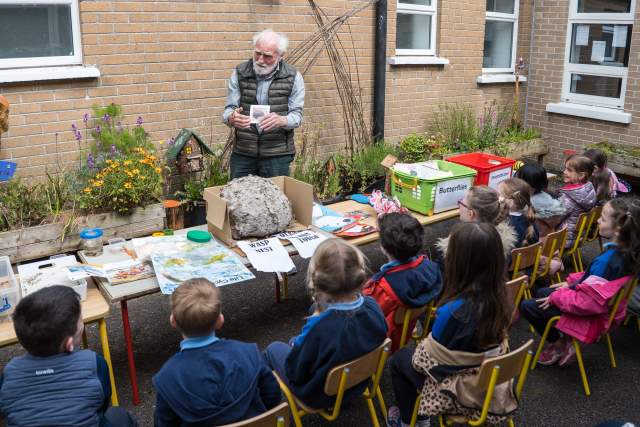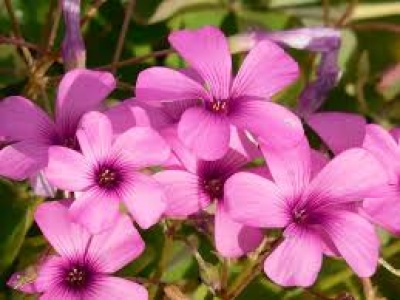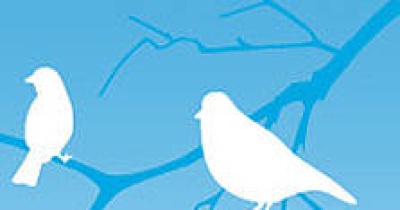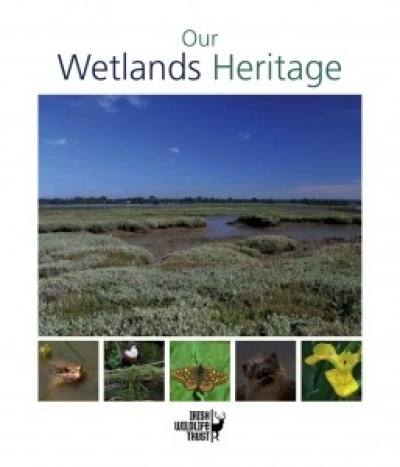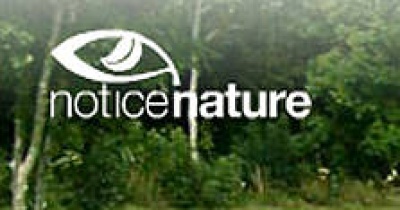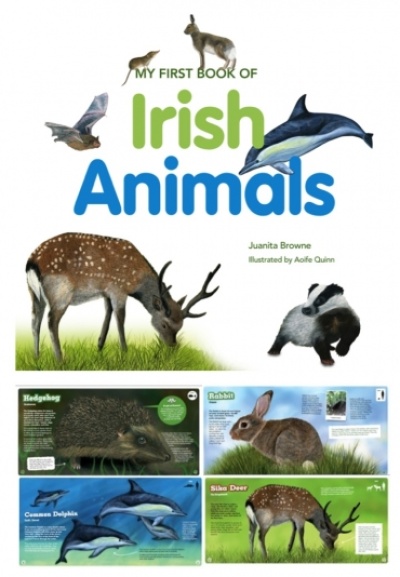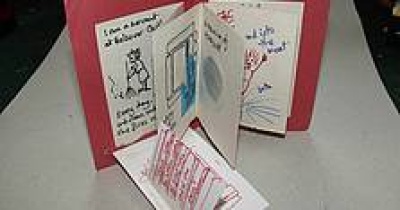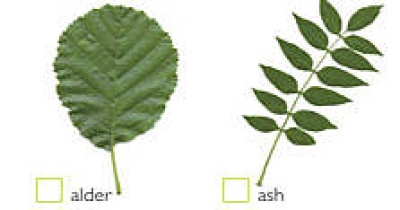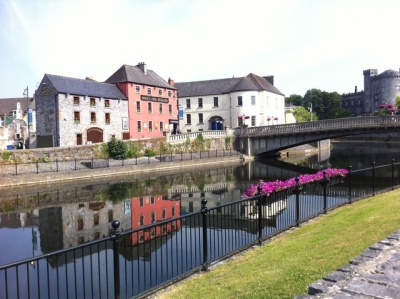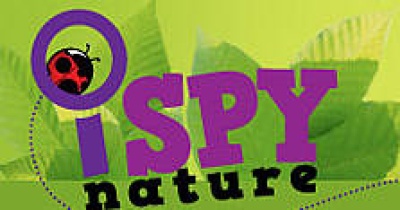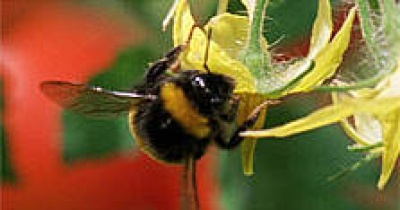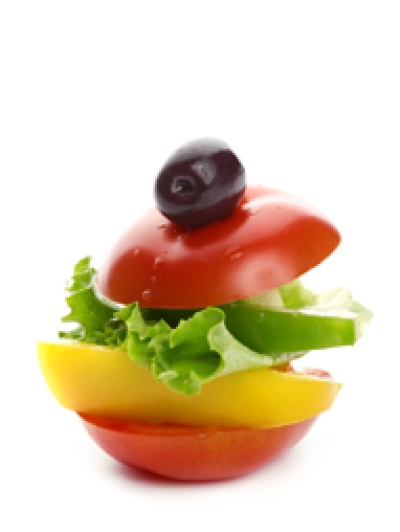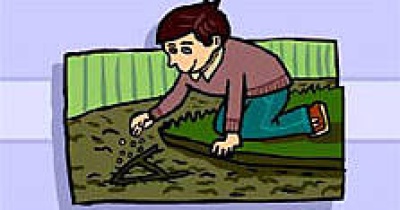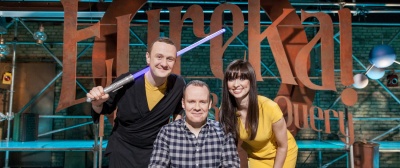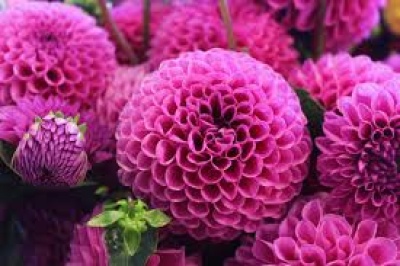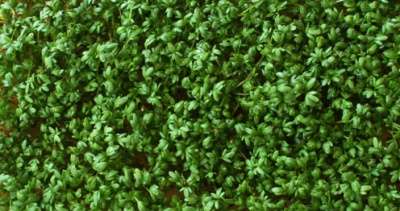My First Book of Irish Animals is written by our very own Heritage Expert, Juanita Browne! The book is aimed at introducing young children to the wonderful world of Irish wildlife. Filled with fascinating facts and beautiful illustrations by Irish artist, Aoife Quinn, this book will capture the imagination of young children.
Read moreRead less
The book includes a range of Irish species, such as the red squirrel, hedgehog, pygmy shrew, rabbit, Irish mountain hare, Irish stoat, pine marten, red fox, and the various species of deer, bats, seals, whales and dolphins. There is also a section on tips to support wildlife and to help your pupils connect with nature.
Also, your purchase supports Irish wildlife, for each copy sold, the Irish Wildlife Trust will receive a commission from Juanita. The book costs €9.99, plus €2.50 doe postage and packaging.
